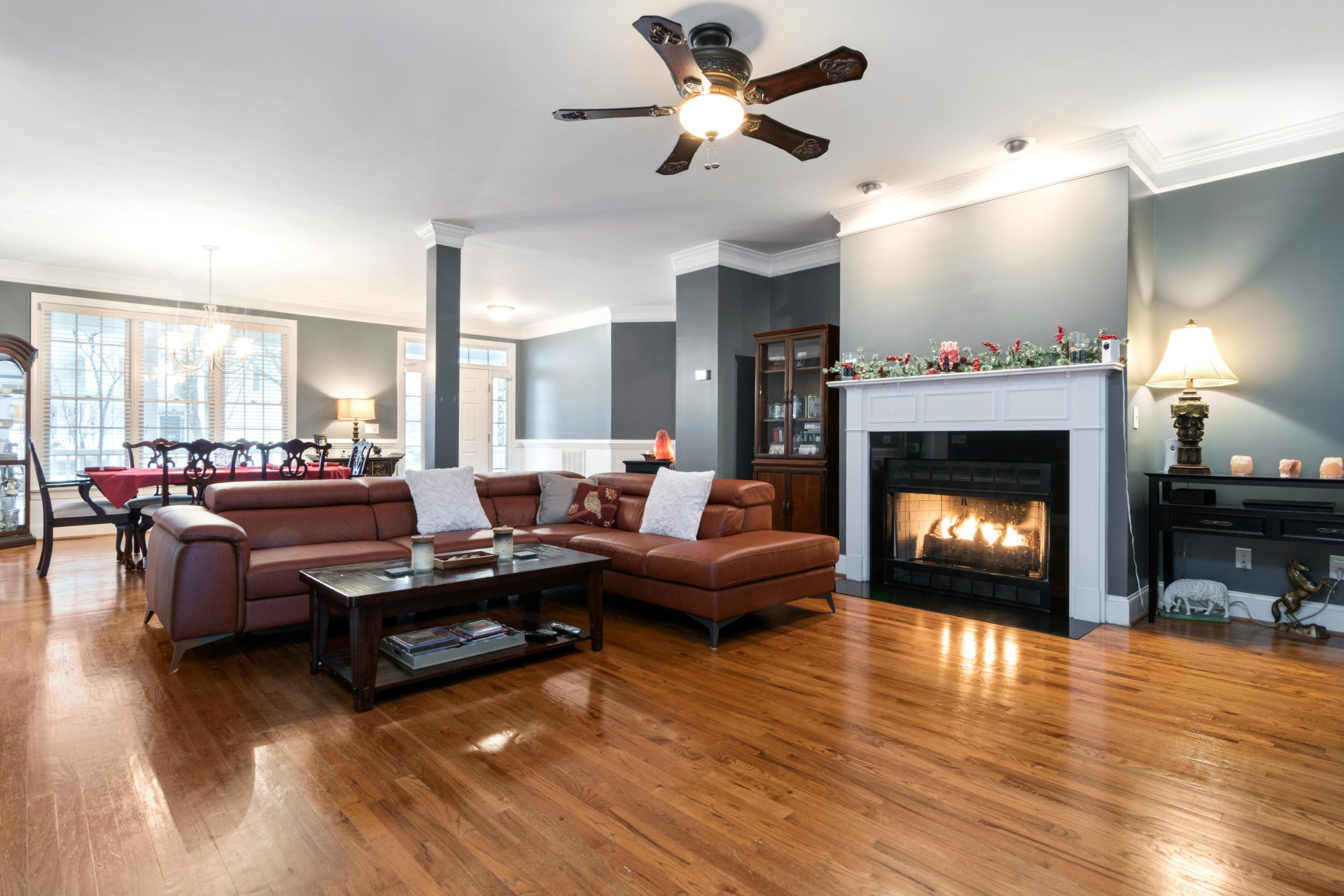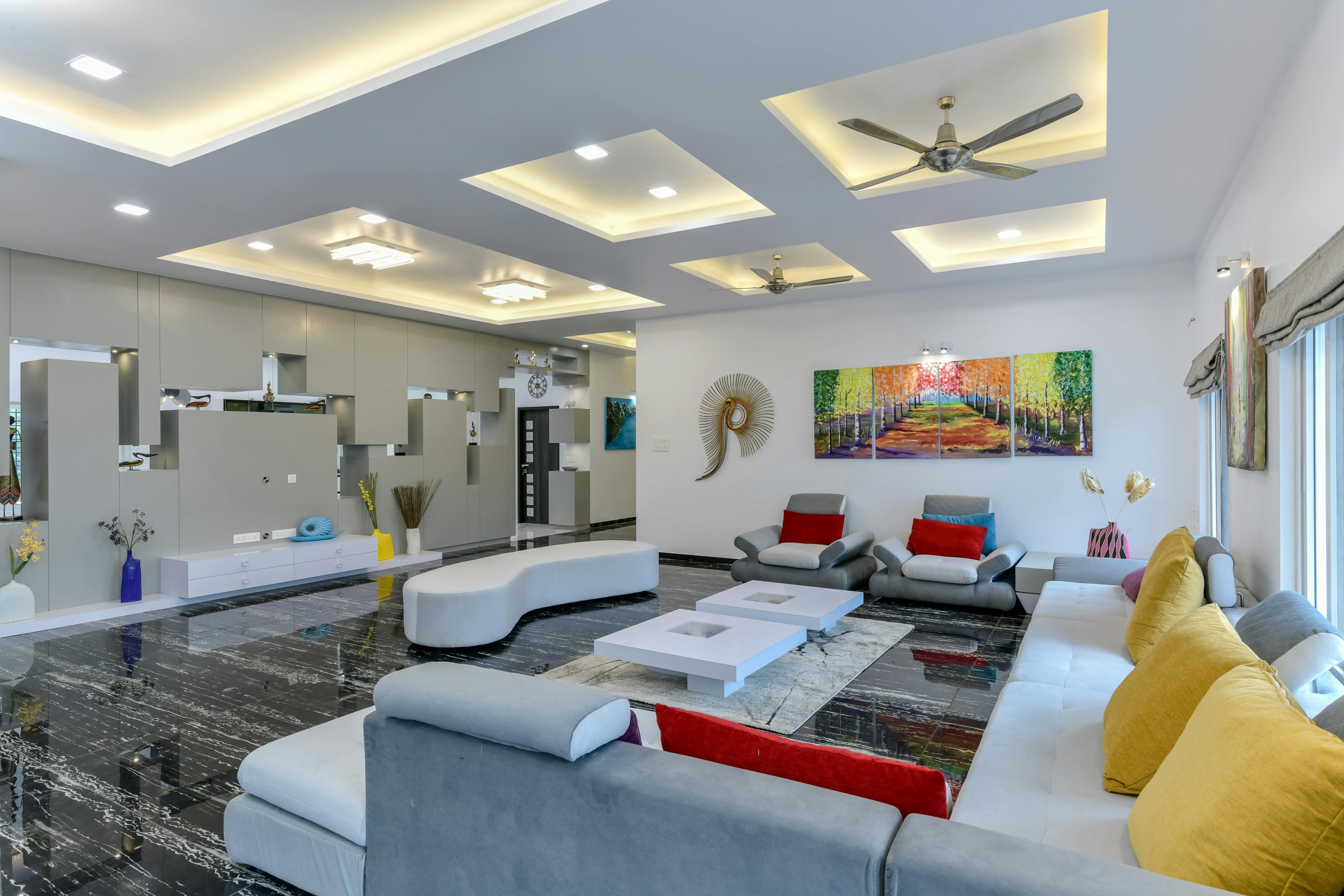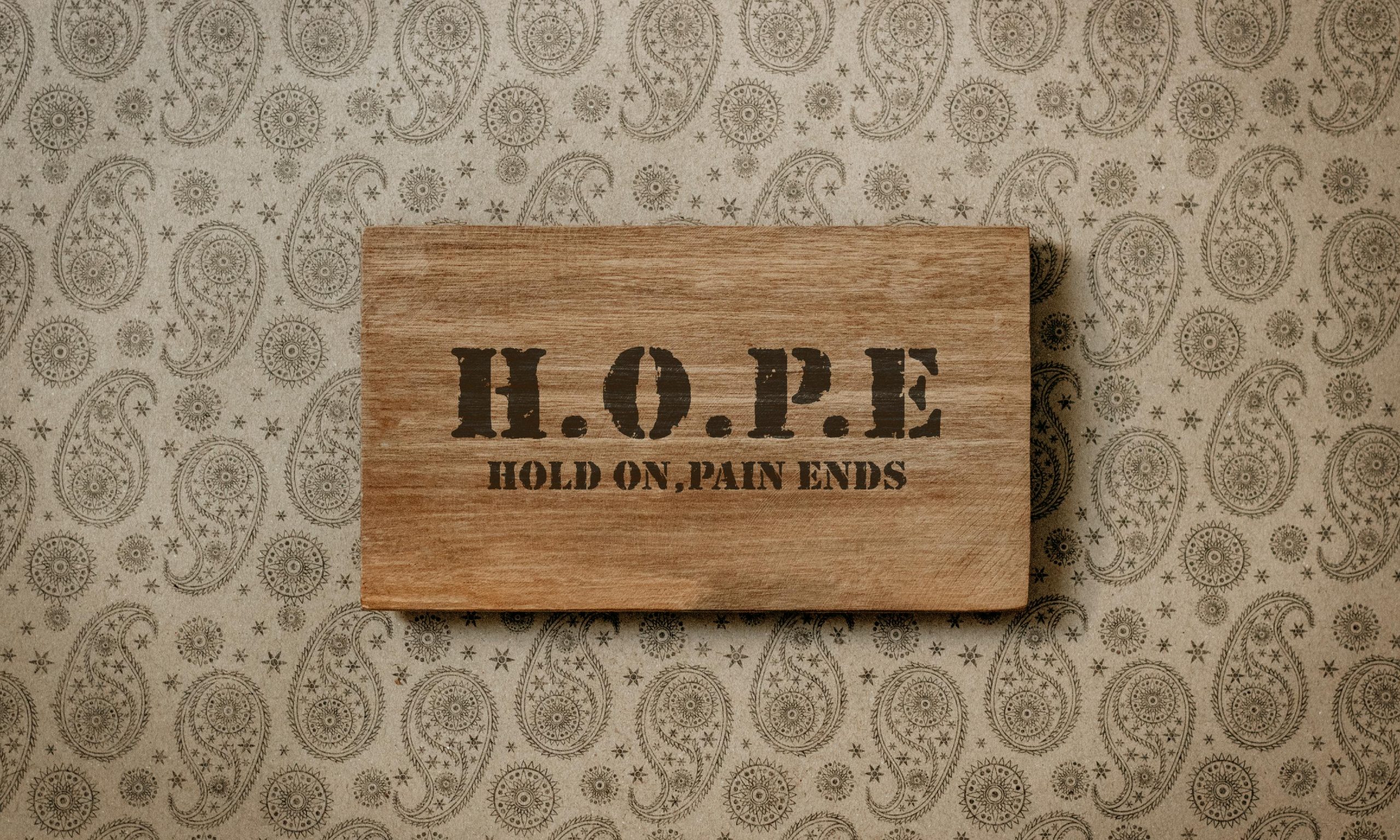Biomimicry in Interior Design
Nature is one of the oldest teachers in the world. Everything we do is inspired by nature and its myriad processes. These days, scholars, researchers and scientists are mimicking nature in creating various designs in interior design and architecture. This phenomenon is referred to as biomimicry.
What is Biomimicry?
The term is derived from a Greek word. Bio refers to life and mimicry refers to imitation. Biomimetic design is not a new concept.
In fact, it gained popularity in the late 20th century. Biologist, Janine Benyus, wrote a book called “Biomimicry: Innovation Inspired by Nature”. The book discusses how we can use nature’s ideas to deal with human challenges. Though humans have been using nature as an inspiration from time immemorial, biomimicry turns this into a more formal, scientific approach. It’s not just any run-of-the-mill interior design education concept. Instead, it helps breathe life into aesthetic appeal and built concepts. It also promotes sustainability. Top interior design colleges in Bangalore are including biomimicry as an individual subject in their curriculum.
Biomimicry should not be confused with bio-morphism and bio-utilisation. The former refers to using elements that look like nature whereas the latter uses biological material or living organisms as part of the design. For example, using wood from trees as a material for furniture.
Tips to Incorporate Biomimetic Concepts in Interior Design
The goal of any interior space is to make users feel comfortable. Biomimicry in interior design enhances the standard of living, encourages greater productivity and improves overall lifestyle.
In this blog, we’ve mentioned a few ways through which you can incorporate biomimicry design in your interiors:
Choose natural colour palettes
When you’re designing your space, turn to organic colour schemes that are found in nature. You can’t go wrong with earthy undertones such as cream, beige, green, sage, and taupe. If you have natural furnishings in your space, use a colour palette that pairs well with the surroundings. For example, amidst all your cream furniture, add a sage green armchair to break the monotony. Your inspiration should be the serenity of the forest greens. Beyond foliage, biomimicry also includes other elements of nature such as the warmth of the desert and the refreshing blue sea. The idea is to take inspiration from your outdoor environment. When you do so, you turn your space into a sanctuary of peace and an oasis of calm.
Add living walls
These days, everybody likes adding a plant or two in their home. If you really want to mimic natural processes, consider adding living walls in your home. Also referred to as vertical gardening, breathing life into walls is a literal embodiment of biomimicry. It not just makes a space look pretty but also improves indoor air quality considerably. Earlier, vertical gardening was only limited to corporate offices and workplaces. However, today, residents are installing it in their homes as well.
Use of sustainable materials
These days, sustainability is taking over every industry. From fashion to interior designing, consumers prefer sustainable materials and processes. In order to incorporate the principles of biomimetic design in your home, you need to use sustainable materials everywhere. Use materials that are eco-friendly and have a minimal impact on the environment. A few materials that are sustainable include bamboo, cork, linen, recycled glass and stone. A lot of luxury interior designing projects focus on biomimicry architecture. It might seem like a contradiction. However, in reality it complements the design beautifully. A major reason why sustainable materials are preferred over traditional insulating is because of their structural strength and resistance to fire and water.
Biophilic design
Biophilic and biomimicry are two terms that are often used interchangeably. Though they’re closely related, they differ in intent. As mentioned earlier, biomimicry focuses on natural strategies and processes. On the other hand, biophilic design is all about increasing resident connectivity with the environment around them. It’s no surprise that our living habitat has a profound impact on us psychologically. Biophilic design does not mimic nature but brings us closer to it. Having adequate natural sunlight in a home, plants in every room and views of nature and the sky are a few aspects of biophilic design. Research suggests that those who use the principle of biophilic design in their interior promote better productivity, reduced stress levels and enhanced creativity.
Integrating shapes & forms
Biomimicry also involves mimicking nature’s shapes and forms in interior design. For example, using curves, lines, spirals and irregular shapes you see in the environment around you. Natural shapes found in nature are usually used in making furniture, décor and biomimetic architecture. This not just enhances the aesthetic appeal of the space but also the functional value. Who doesn’t love an interior space that is in harmony with the natural world?
Biomimicry is the Future of Interior Design
Biomimetic design is surely the future of interior design. The possibilities are limitless and technological advances will only deepen our ability to replicate nature’s genius even more. At Vogue, we help students excel in the art of reimagining spaces. Thus, we’re happy to present the best BSc in interior designing courses. The curriculum for all our programmes are designed keeping in mind the current trends and industry requirements.




